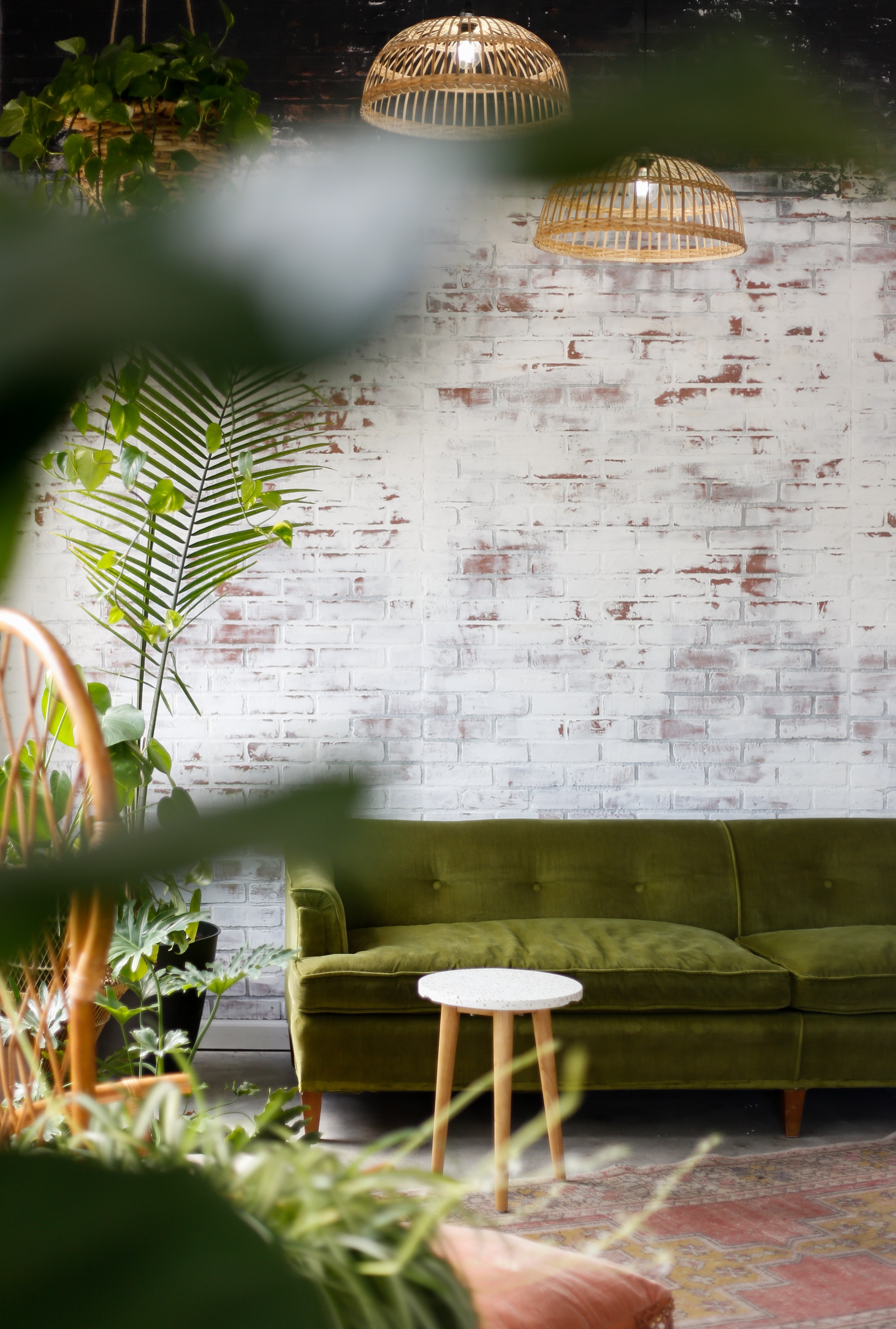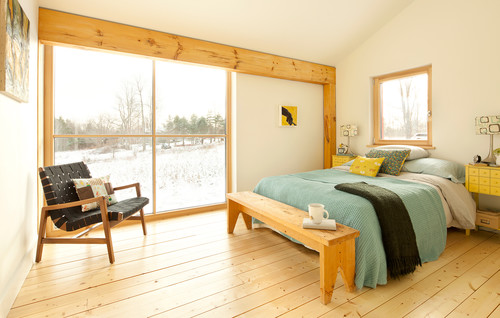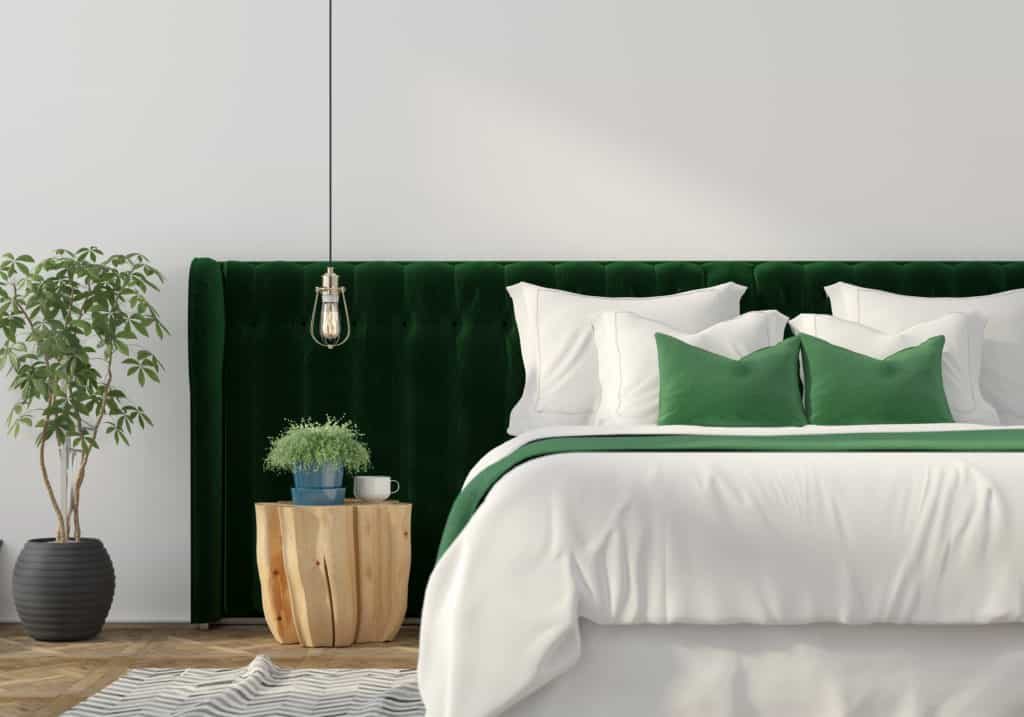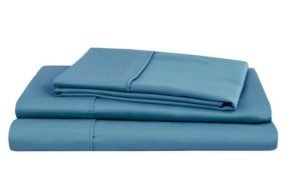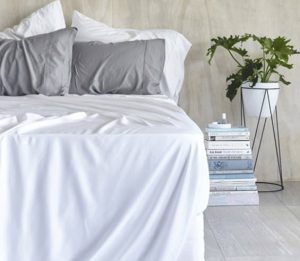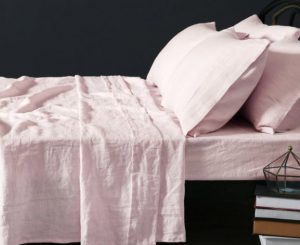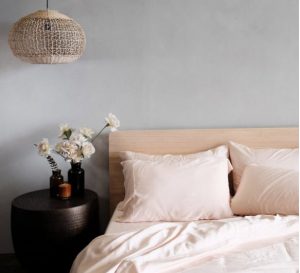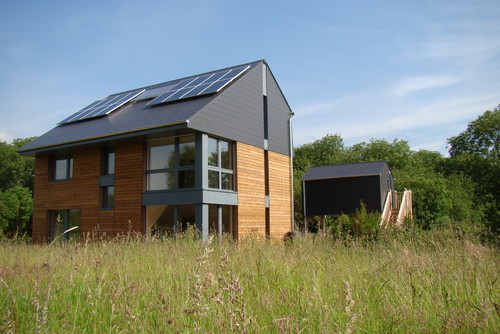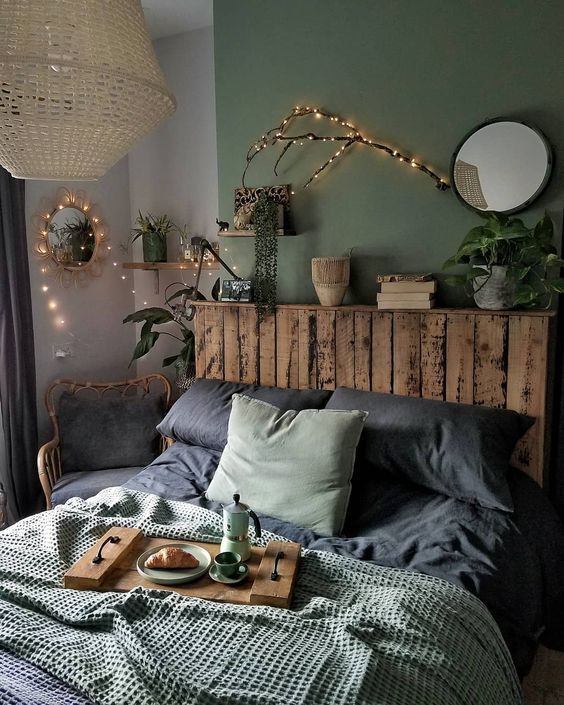2020 TRENDS
Organic, multi-purpose and up-cycled
Want to keep up to date with latest overseas trends? What is up and coming and how can you take advantage of new styles? See below to be inspired for these trend predictions for next year. I can’t say for certain that they will be 100% accurate but it’s fun to see what is forecast and what really eventuates! Here is Part 1 in a three part series about new trends in styling and renovations.
Part 1 Climate change inspired, organic, green, environmentally-friendly products, indoor plants
CLIMATE CHANGE INSPIRED
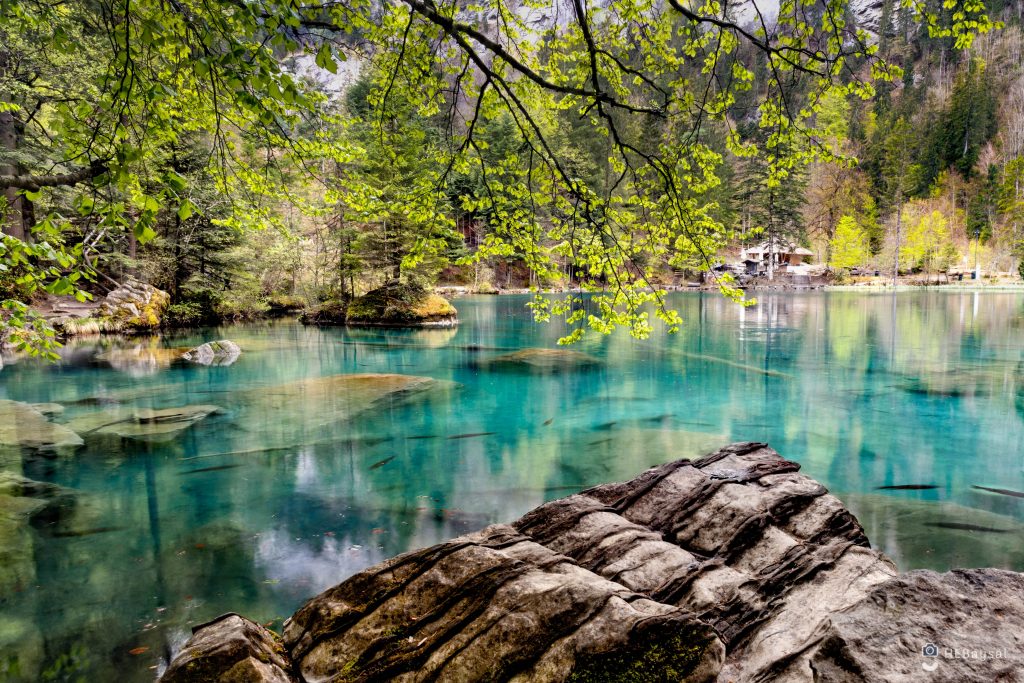
© H. Emre from Pexels
Climate Change is the buzz word on most people’s lips today and whether you are for or against, the movement will only continue to gain momentum as we move into the next decade. 2019 has seen a big push towards more natural fabrics and earthy colours but in 2020 businesses will try and match their customer’s expectations. Watch out for more sustainable-sourced furniture, environmentally friendly products, larger indoor friendly and low maintenance plants, more organic textures and fabrics. Here are some ideas for this trend.
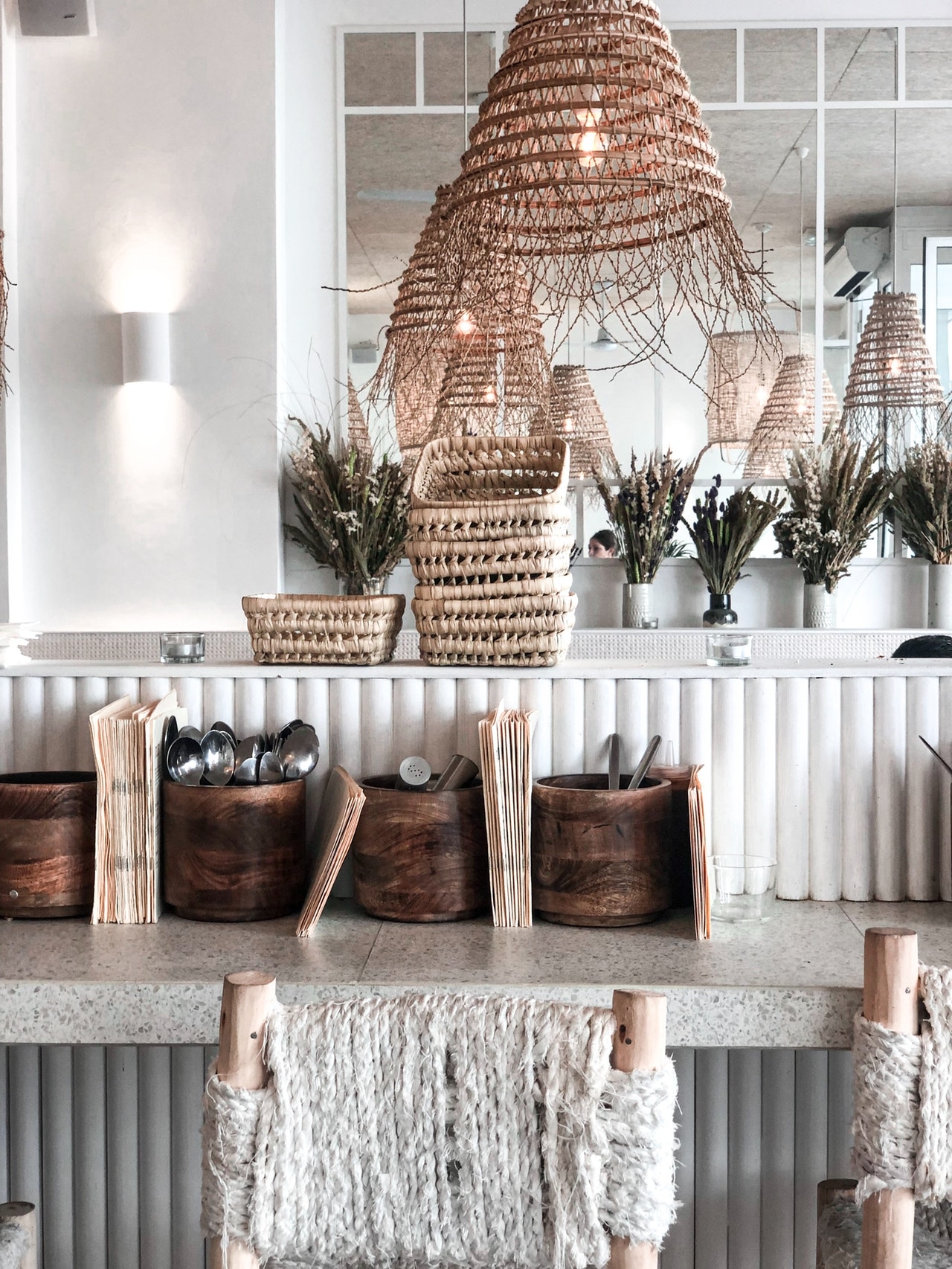
©Vincent Rivaud from Pexel
GO ORGANIC
The Organic mattress is another area of clean living that is gaining interest. Think about how much time you spend in bed. The Sleep Health Foundations recommends adults have up to 9 hours of sleep and school-aged children up to 11 hours. But those hours are usually spent lying on a mattress that is made from toxic chemicals in the foam or that are used as fire retardants. Even if a mattress is made with a natural product such as cotton, that cotton could have been treated with pesticides or chemical fertilisers. Each night your family could be exposed to hours of contact with these agents.
Organic Mattresses are made from nature. The main ingredients are all natural latex from a rubber tree known for it’s pressure relieving and long lasting abilities, wool- a natural fire barrier which can eliminate the need for chemical flame retardants but is also a great temperature regulator and a favourite for allergy sufferers and cotton- a natural material which is what was used in mattresses before all the new chemical byproducts.
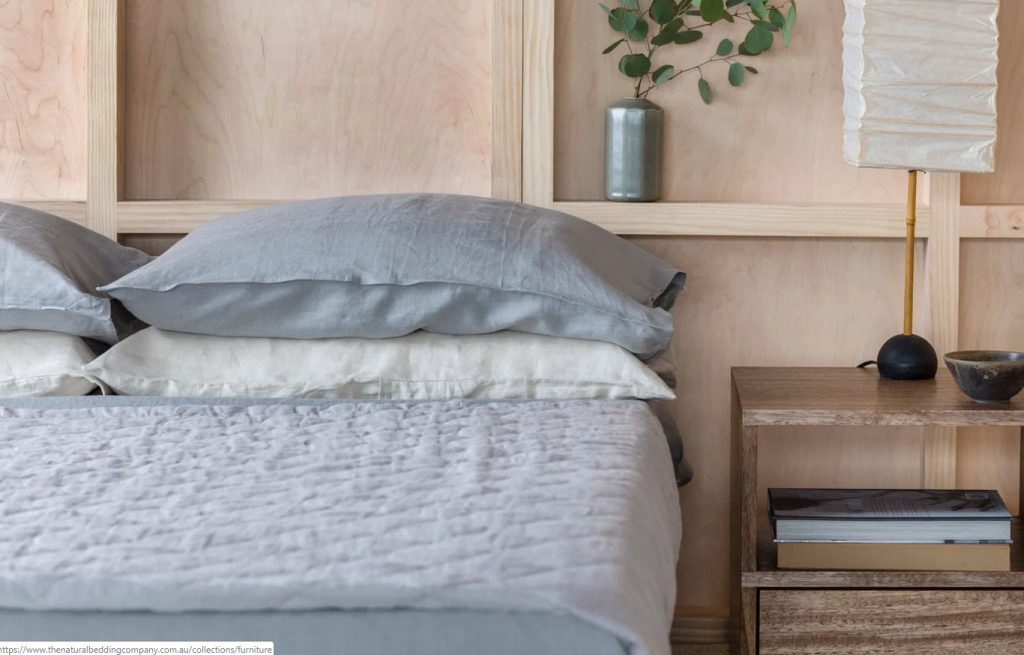
The Natural Bedding Company, Sydney – Australian organic mattresses, bedding and sustainable furniture
Natural bedding – looks beautiful and is comfortable and healthy. There is a trend towards more organic, breathable cotton sheets and less polyester and nylon fabrics. Keep your bedding natural looking with fresh light colours and natural fabrics. As we move towards summer, this is much easier to do as we need less and lighter bedding in summer. Plus it gives the bedroom a more fresh, summery feel.
-
Cotton used must be organic, ethically sourced, and produced without the use of pesticide treatments for eco-friendliness and your peace of mind
-
Naturally hypoallergenic and gentle against skin and hair for your assured comfort
-
Moisture-wicking and breathable fabric is a great bedding choice in all seasons and helps promote sleep — ideal if you suffer from night sweats
More about non-toxic bedding at Green At Home Blog
Shop Organic sheets and bedding at Zanui in 100% organic cotton, pure linen, organic bamboo
PASSIVE HOUSE
The concern for the environment and commitment to its care are social aspects that are reflected in the architectural trends of 2020. The use of less polluting materials and sustainable buildings is increasingly an objective of individuals and public administrations in construction of buildings.
The passive house is an emerging trend that is part of the new home owner’s philosophy. It is feeling comfortable on how our relationship with the environment should develop. The objective of a passive homes is to incorporate designs which use sustainable resources and incorporate energy savings solutions while showcasing beautiful organic and natural styling and decor. Passive houses not only save money for their owners, but they also contribute to improving the health and quality of life of those who inhabit them. All States and Territories in Australia have building codes which incorporate mandatory energy saving features in new builds and extensions.
“Passive design is design that takes advantage of the climate to maintain a comfortable temperature range in the home. Passive design reduces or eliminates the need for auxiliary heating or cooling, which accounts for about 40% (or much more in some climates) of energy use in the average Australian home. The importance of passive design cannot be overstated. Paying attention to the principles of good passive design suitable for your climate effectively ‘locks in’ thermal comfort, low heating and cooling bills, and reduced greenhouse gas emissions for the life span of your home.” See more at Australian Government’s website Your Home
BRING OUTDOORS IN
Take advantage of our natural environment by surrounding yourself with indoor plants. While many plants have beneficial properties and can contribute to increased relaxation, some even have the ability to purify the air of toxins like formaldehyde and benzene. Add them to your bedroom, and they will take in carbon dioxide, release oxygen, and contribute to better air quality in your home. Many indoor plants are also mood boosters and can help fight stress—a key ingredient to a good night’s sleep. Try incorporating indoor plants into your sleeping areas. They will boost the quality of your sleep as well as lifting the look and feel of the room to include a more natural earthy look.
Lavender, Devil’s Ivy and Peace Lily and English Ivy (which NASA claims is the best air purifyer!) : all three are easy to maintain, don’t need a lot of watering and will remove toxins such as benzene, carbon monoxide, formaldehyde, trichloroethylene, xylene
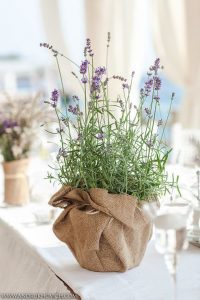
©andrukhovich.com
Pot plants really lift your living spaces. Choose colourful and earthy looking pots and try some of these plants which are also great air purifiers.
Chinese Evergreen, Bamboo Palm (can grow to 3 meters), Flaming Lily (prefers humidity), Ficus/Weeping Fig and Philodendron—all these plants will grow well inside and need very little water. The Flaming Lily will bring a pop of colour as it has a long flowering period.
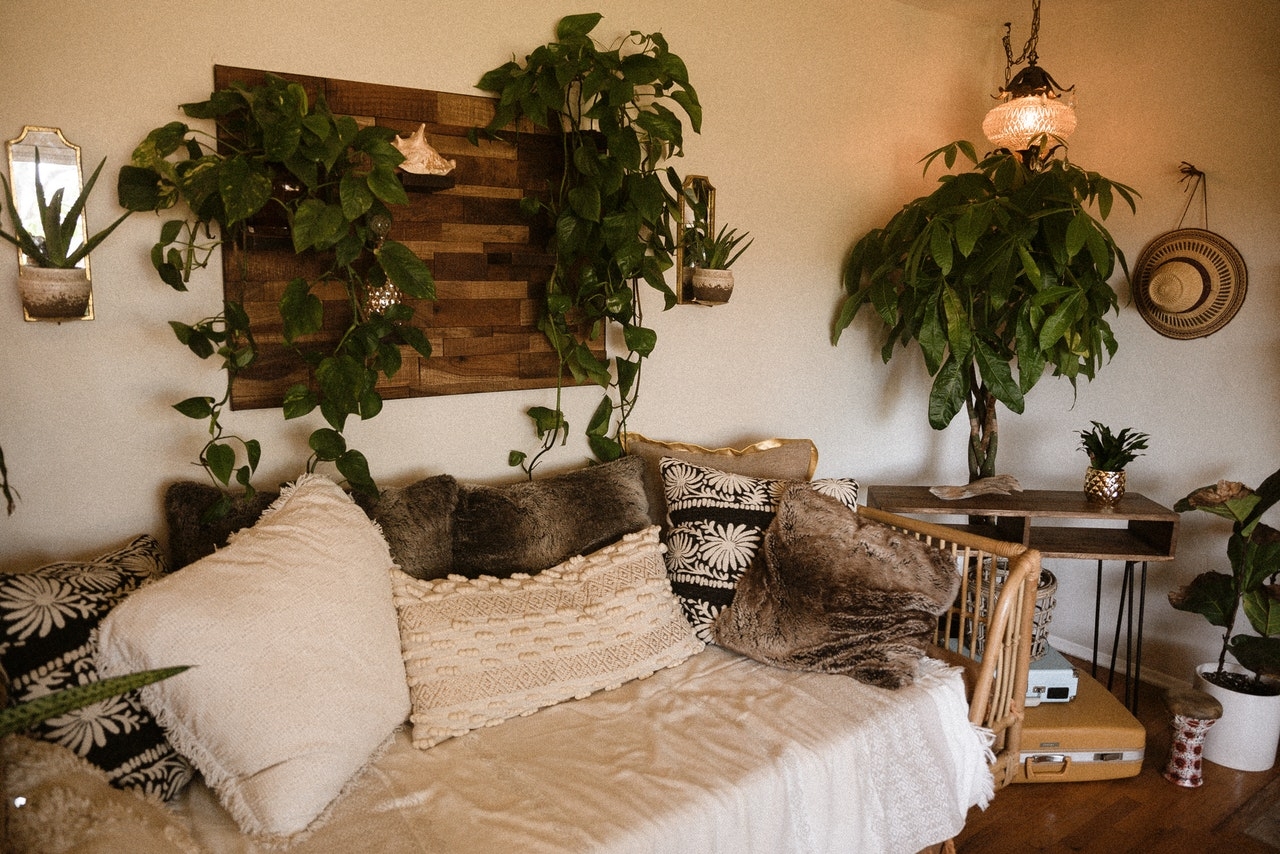
©Wendy Wei from Pexels
Next Blogs:
Part 2—Low growth economic trends – minimalist, multi-purpose, bohemian, rustic, fair trade products, up-cycling, outdoor living
Part 3—Positive outlook on future – bright bold colours, white in all forms, decorative features, wall art with positive image, others


